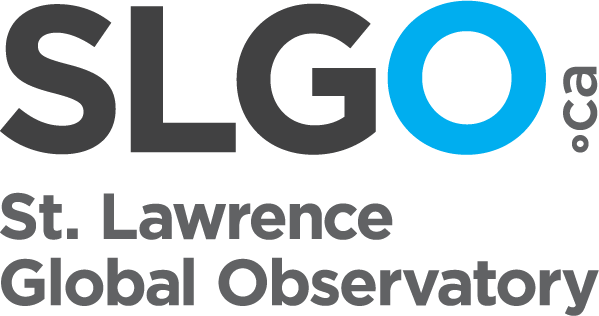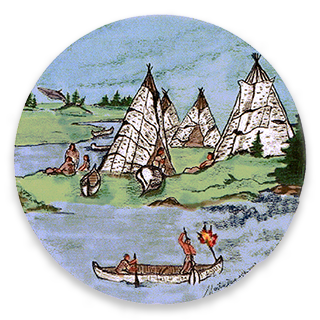This dataset consists of data collected by the Passamaquoddy Recognition Group Inc. (PRGI), which is an Indigenous not-for-profit organization led by the Peskotomuhkati Nation at Skutik. This project is funded by the Department of Fisheries and Oceans (DFO), Coastal Environmental Baseline Program (CEBP). Data includes samples collected from 2020-2022, and represents field sampling data as well as, laboratory, and Fourier Transform Infrared Spectroscopy (FTIR) data associated with the sampling of American lobster (Homarus americanus) for the purpose of studying the presence and abundance of microplastics in this species.
Sampling: Samples were taken from the Port of Saint John region as well as at reference sites in Passamaquoddy Bay and Grand Manan, New Brunswick. Samples were collected using standard lobster traps with PRGI technical staff present for all sampling activity. Variables under this dataset include: event ID, start date, end date, trap set start time, trap pull time, latitude, longitude, general location, data recorder, carapace length (in millimeters), berried status, where all berried females were immediately returned to the environment they were taken from, and indication on if individuals were kept or released.
Retained lobsters were transported back to laboratory spaces in coolers, and immediately euthanized via freezing.
Laboratory Analysis: Once lobsters are euthanized and dissected, digestion of organic material, and filtration begins. Digestive tracts and muscle tissues are dissected from the lobster, and placed in a 10% KOH solution. Samples are then transferred into a warming oven at 50 degrees Celsius for at least 24 hours. This process allows for the digestion of most organic material. Large undigested remains are run through a sieve and analyzed visually by technicians under a dissection microscope. Any potential microplastics identified at this stage are isolated on a filter paper and stored on a petri slide. The remaining material is filtered using a 0.8 micrometer pore size filter, and a vacuum pump. As with larger debris, these filters are also analyzed visually under a dissection microscope. Any potential microplastics are marked and numbered for FTIR identification. Dissection, digestion, and visual analysis are conducted in a lab space, making use of biosafety cabinets, and fume hoods to aid in the reduction of microplastic contamination of samples, whenever possible. All implements used are triple rinsed with filtered (0.8 micrometer or Mili-Q) Water, and samples are covered when not being handled to reduce potential contamination. Environmental blanks, H20 blanks, and KOH blanks are taken throughout the process for quality control. As of 2022, PRGI conducts laboratory analysis in a dedicated in-house clean lab, minimizing exposure to contaminants by following cleaning procedures and low plastics laboratory dress-code.
Once visual analysis is completed, perti slides with marked and numbered potential plastics are sent to Western University for FTIR analysis, identifying if potential plastics are indeed of plastic material, and further identifying the plastics composition.
Lab and FTIR data was collected between 2020 and 2023. Laboratory and FTIR related variables include particle composition via FTIR results, tissue type particle was extracted from (gut or tissue samples), structure morphology, colour, plastic commonality, and size.
 10.26071/c5d69a5a-2e91
10.26071/c5d69a5a-2e91


